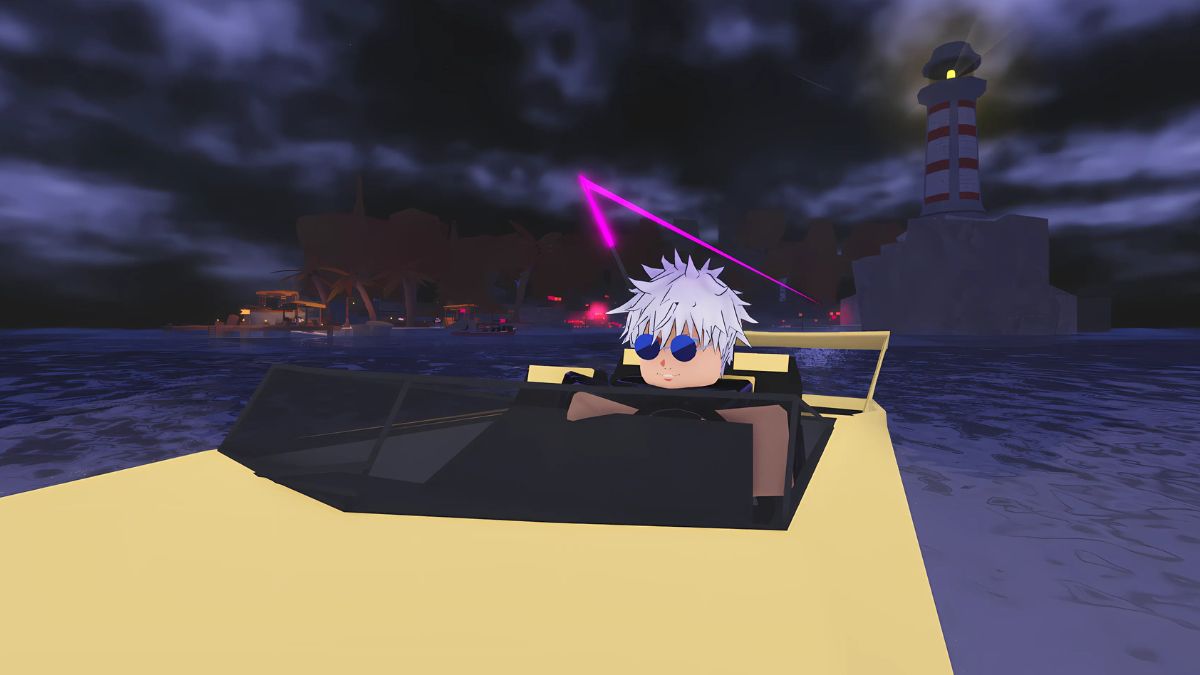GameSpot may receive revenue from affiliate and advertising partnerships for sharing this content and from purchases through links.
World of Warcraft is celebrating its 20-year anniversary today, November 23, 2024. Below, we talk with key developers about the journey to make the game what it is today, and the future ahead.
Two decades ago, World of Warcraft burst onto the scene and changed gaming forever. The once-niche MMORPG genre became mainstream overnight. Blizzard took ideas that came before in games like Everquest and refined, polished, and further elaborated on them until what was left would appeal to the gaming masses. The result was "WoW" becoming a household name and a cultural phenomenon in a way most video game creators can only dream of, with millions and millions of players willing to pay a $15-a-month subscription to this day for the privilege of continuing their digital adventures in the fantasy world of Azeroth.
It's hardly a surprise the WoW that first launched 20 years ago on November 23, 2004, while technically still the same game, is vastly different to the current version of the MMO players play today. Its most recent expansion alone, The War Within, added account-wide progression and a new endgame activity for solo players, two ideas that would have been unheard of even a decade ago but which have been received with near-universal praise from the game's community.
Modern WoW is so different, in fact, that Blizzard in 2019 began offering up "Classic" versions of WoW so players could re-live the game as it was at launch and first few expansions--something fans had been doing unofficially for years. There are currently five different versions of WoW to choose from, a fact that further emphasizes just how big, and how much of a cultural impact, Blizzard's MMORPG has had. Many live-service games in 2024 can barely survive a few months, let alone years, yet here is Blizzard operating five versions of the same game at once (WoW Classic, Season of Discovery, Cataclysm Classic, WoW Classic Hardcore, The War Within)--and finding great success doing so.
Gallery
Left: Early WoW footage from YouTube user SpecialAgentSqueaky / Right: World of Warcraft: The War WithinFor WoW's 20th anniversary, GameSpot talked with leading members of the WoW development team to get their thoughts on what makes the virtual world of Azeroth special, why WoW has endured for so long, and how the team is currently making plans for the next 20 years.
For executive producer Holly Longdale, she said the familiarity--the ability for players who may have played years ago to return and still recognize the game--contributes to its long-term success. The team strives for WoW to remain consistent over the years for that reason, whether it's the game's look, themes, or even something as small as its often not-too-serious quest text.
"There's something really powerful about coming home," Longdale said. "This fundamental idea we have is that if you haven't played in six, seven, or 15 years, we want it to be the place you remember and the place you fell in love with."
It's for that reason WoW won't be dramatically updating its graphics or art style anytime soon, something Longdale said Blizzard gets asked about a lot. As it stands, it would be "a risk that's not worth taking," she said.
She also wasn't shy when it came to admitting that WoW has an advantage new MMORPGs just getting started today don't--it was, in many ways, first.
"Let's be honest, when you're the first game of this sort, that came out of a genre that hadn't hit mainstream and you were the one that became mainstream, you have an advantage," Longdale said. "We don't take that for granted at all. We know that."
Using a mantra of "leave no player behind," Blizzard is looking at how to deliver on what the vast and varied communities that make up WoW want moving forward. Part of that means more frequent content updates, as has been the case since the launch of 2022's Dragonflight expansion (Longdale said every time in the past 20 years there has been an update drought, it has not gone well). It also means investing in a more data-driven approach to understand how players interact with the game in addition to listening to what they have to say.
She used the game's roleplaying community as an example of an area where Blizzard "could absolutely do better." She said the recent Netflix documentary, The Remarkable Life of Ibelin, "sparked a fire" in the team to do more. The documentary tells the story of Mats Steen, a WoW player who suffered from Duchenne's muscular dystrophy but found comfort within Azeroth as part of a roleplaying community. Much of the film is animated using WoW's in-game assets, but also shows characters doing things in-game, like fully animated hugs or high-fives, that aren't currently possible in WoW. She said the team is now doing testing to see if those kinds of interactions could be added in the future.
Longtime game director Ion Hazzikostas had his own thoughts on why WoW has continued to endure so many years later. He used factions as a measure of just how far the game has come and how it continues to evolve. For much of the game's life, the decision of whether to play as a Horde or an Alliance character dictated a player's experience--who they could play with, where they could quest, and the story they experienced. In 2024, that's, for the most part, no longer the case. Hazzikostas said the idea of Horde and Alliance players grouping up to play together, as they can for certain activities in the modern version of game, is an idea that would have at one time been "unfathomable."
"I'm sure if you'd asked the development team a while back, they would have said, 'No, never. That can never change. It wouldn't be Warcraft if it did,'" Hazzikostas said. "Alliance and Horde are playing together today in many cases, and it's still Warcraft."
He said the strength of the community--the bonds, friendships, and families that have been forged in Azeroth--is a large reason why WoW continues to thrive. It's that same community that pushes the game forward, encouraging Blizzard to adapt to the changing demands of its playerbase.
"The fact we are now turning 20, and we are 10 expansions in, and the game has evolved enough that we can release multiple Classic versions of the game that stand on their own, and have a different vibe, and a different pace, and appeal to a different audience, I think is a testament to how much the game has changed along with our players and grown up along with our players," Hazzikostas said. "The release of World of Warcraft on November 23, 2004 was a magical moment, and millions of people discovered this world and the ability to connect with others. But if we hadn't continued to evolve along with them, we wouldn't be here 20 years later."
Two decades in, Longdale said it's time for WoW to change by "way of the community," as Blizzard puts a renewed focus on understanding its playerbase and listening to what it wants. She said as part of her role she's already thinking about the next 10, 15, and 20 years of WoW, and what foundations need to be laid out in the years ahead to get the game there. WoW may have been going for 20 years already, but that doesn't mean it's slowing down or looking to relinquish its MMORPG crown anytime soon.
"We want to keep doing better…the goal is to grow," Longdale said. "We want everybody on the planet to be in Azeroth, at some point."
Got a news tip or want to contact us directly? Email [email protected]

 1 month ago
56
1 month ago
56








![Anime Reborn Units Tier List [RELEASE] (November 2024)](https://www.destructoid.com/wp-content/uploads/2024/11/anime-reborn-units-tier-list.jpg)

